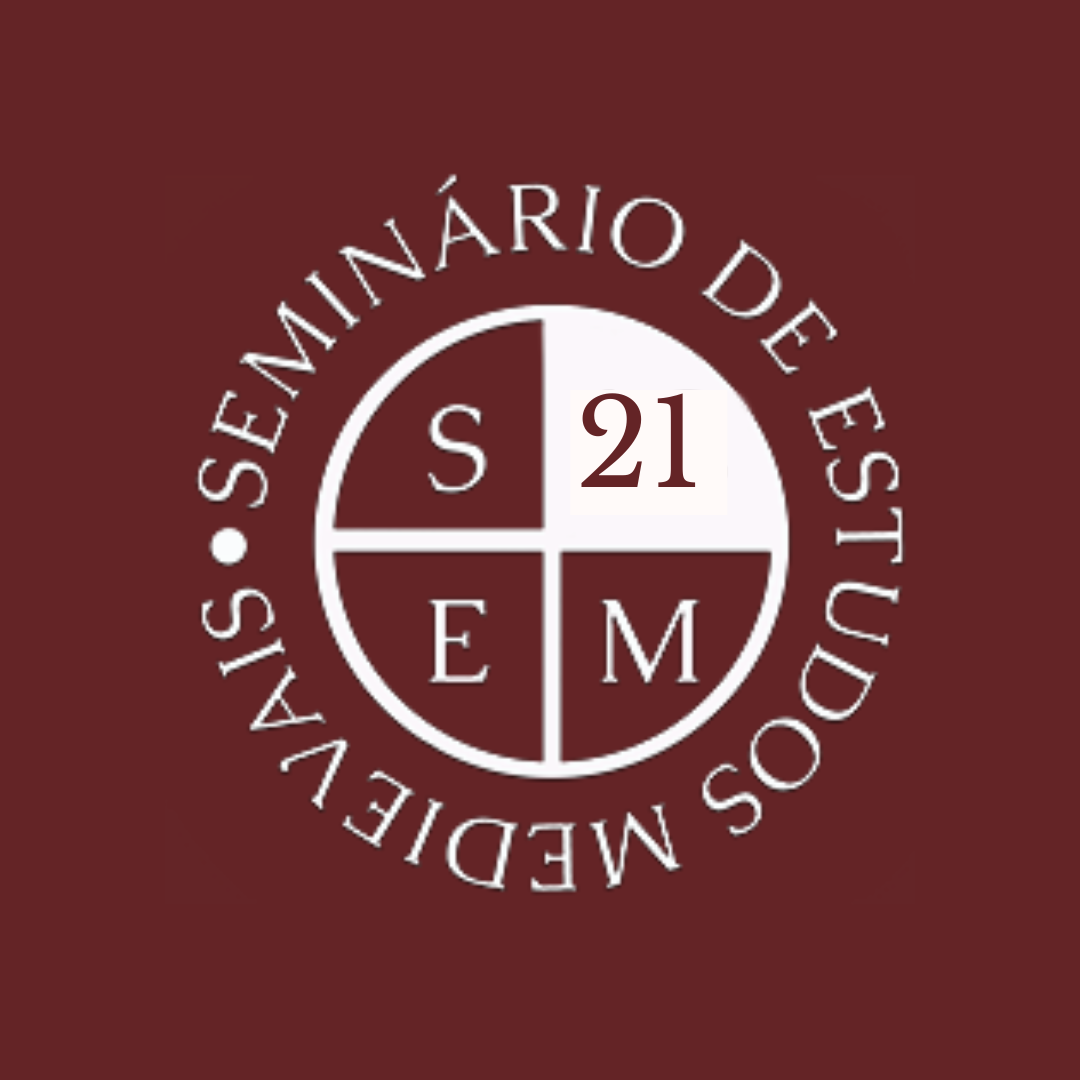Seminar in Medieval Studies: “O sistema matrimonial da aristocracia portuguesa no final da Idade Média” – Miguel Aguiar (CEPESE – UP / LaMOP – U.Paris 1 Panthéon-Sorbonne)
18.05.2021 | 17:00
Zoom session

Based on a case study of the Portuguese curial aristocracy in the late Middle Ages, this paper aims to demonstrate the workings of matrimonial exchanges taking place in a dominant group. For this purpose, it is fundamental to consider the prevailing conceptions and representations of marriage, essentially elaborated by the ecclesial institution. The intention involves demonstrating how these conceptions are embedded in a set of structural references for medieval civilisation, built out of homological relations between God, the nature of men and the ideal functioning of the social order. But how was the defence of exogamous marriage articulated with the interests of the aristocracy? How were “material” and “strategic” interests adapted to a system of broad-reaching prohibitions, identified by anthropologists as a specific feature of the medieval West? How do inbreeding exogamy and social endogamy relate, and what results did they produce? This presentation draws on the data and hypotheses constructed in the doctoral thesis, in particular the study of marriage contracts and the respective social, lineage and affinity networks. We correspondingly set out some methodological premises and emphasise the centrality of matrimonial practices to the cohesion and reproduction of dominant groups.
About the author
Miguel Aguiar holds a Master’s Degree in Medieval Studies and received his PhD in History on a co-supervised basis between the University of Oporto and the Université Paris 1 Panthéon-Sorbonne. He has devoted himself to studying the aristocracy of Portugal in the late Middle Ages. He has published various works on knightly ideology, specifically the book “Knights and Knighthood: ideology, practices and aristocratic rituals in Portugal at the end of the Middle Ages”. His doctoral research, awaiting public defence, sought to understand the articulation between the practices and representations of kinship in the aristocratic group and its social reproduction, specifically inquiring into the mechanisms of transmission and alliance of a set of lineages with simultaneously curial and manorial profiles extending from the late 14th century to the early 16th century.
